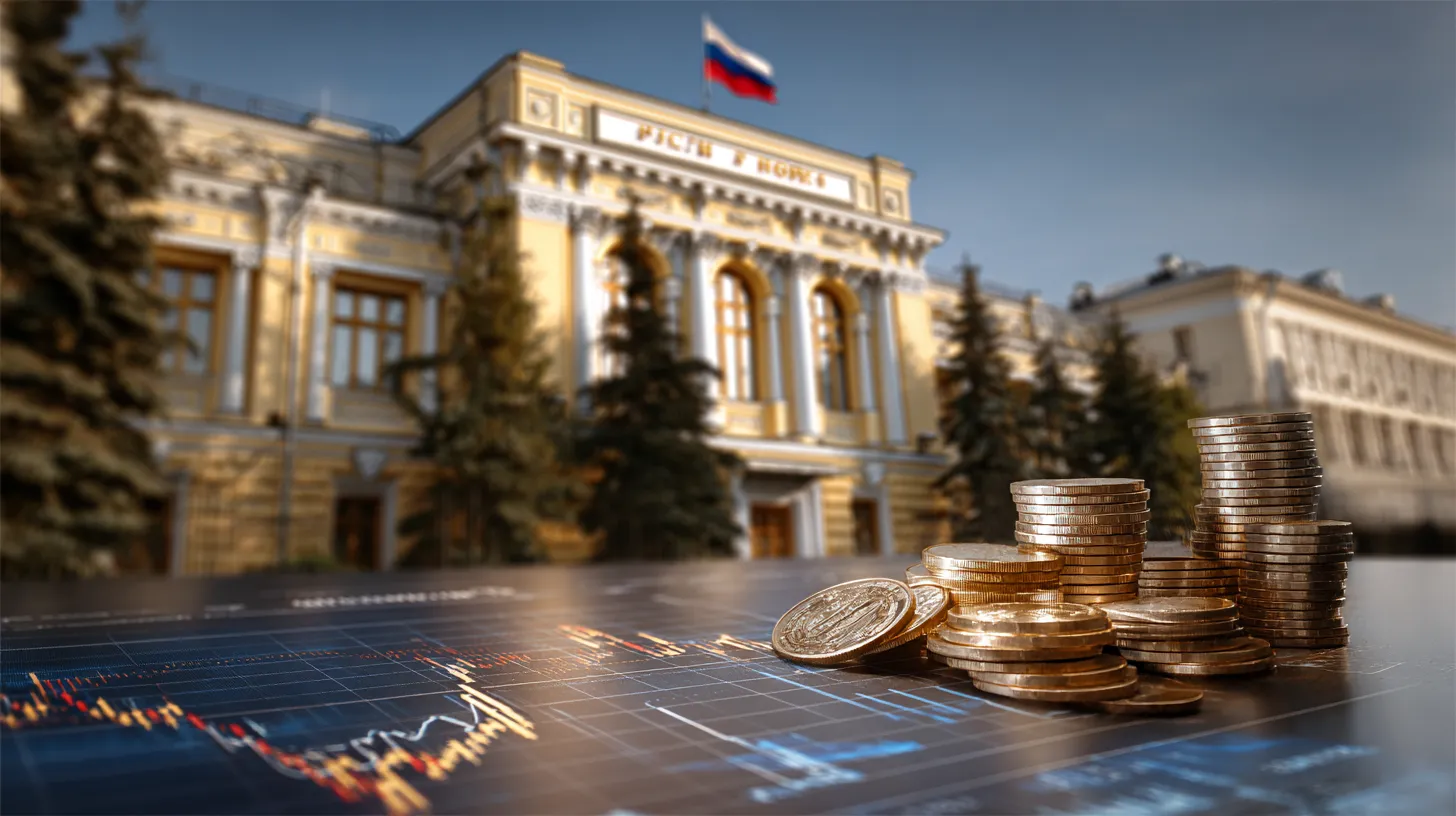The Central Bank lowered the rate to 16.5%: what does this mean for the ruble, investments and inflation
At a meeting on October 24, the Bank of Russia decided to reduce the key rate from 17% to 16.5%. This is the fourth consecutive easing of monetary policy since the beginning of summer 2025. In June, the rate was at 21%, and its gradual decrease reflects the Central Bank's policy of stimulating economic activity while maintaining control over inflation.
As the regulator explained, inflation figures remain above the 4% target, but the economy is showing signs of stabilization. At the same time, credit growth has increased, and inflation expectations of the population have stopped growing, which creates the prerequisites for further gradual rate cuts. The Central Bank expects that in 2026 the average value of the key rate will be 13-15%, while maintaining strict control over money circulation to keep prices in the target range.
Experts note that the Central Bank's decision was a reaction to the slowdown in economic growth and weak GDP dynamics in the second half of the year. According to Olga Belenkaya from Finam, this step was influenced by the high real interest rate, the slowdown in corporate lending and the strengthening of the ruble, which reduced the risks of inflation. Analysts also point to a reduction in budget risks — the authorities plan to finance the deficit primarily through taxes rather than borrowing.
According to Alexander Golovtsov of the PSB Management Committee, the weakening of business activity and the fall in the PMI index signal a likely cooling of the economy. Nevertheless, the Central Bank is acting cautiously to prevent a sharp rise in inflation and overheating of the market.
The decision did not cause serious fluctuations in the foreign exchange market. The ruble's exchange rate against the yuan and the dollar remained stable, which analysts attribute to limited access by external investors and the current market structure. Dmitry Rezepov, an expert at General Invest, believes that the rate cut will only partially affect domestic demand for the currency. According to his forecast, by the end of 2025, the ruble may weaken slightly to 85-87 per dollar.
The stock market reacted positively: the Moscow Exchange index rose by more than 1%. The rate cut creates favorable conditions for stocks to recover, especially in the financial and consumer sectors. According to Natalia Malykh from Finam, the index may grow to 2,850 points, and in the long term — up to 3,300 points. Analysts name Rosneft, Norilsk Nickel, PhosAgro, Yandex and Ozon among the most promising securities.
In the debt market, investors have received a signal to revalue long-term bonds. Reducing the key rate increases the attractiveness of OFZs and corporate issues with a long circulation period. However, experts warn that the risks of rising defaults remain due to accumulated debt and a prolonged period of high interest rates.
According to experts, in the coming months, the Central Bank will continue to cautiously ease policy if inflation remains under control. At the same time, a stable ruble and limited imports create conditions for a gradual recovery of investment in the economy.









